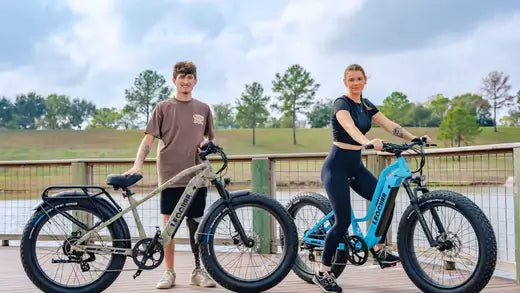
Any One Who Told You That the Electric Bike Can Generate Power in Braking Is Cheating
You might be wondering: Can an electric bike recharge itself while you ride? It sounds like something out of a sci-fi movie, but the truth is much simpler.
E-bike energy recovery works by feeding the kinetic energy generated when braking the electric bike back into the drive motor. It is like the energy recovery systems in electric cars. They capture some power and send it back to the battery.
But here’s the catch: As for the electric bike, the amount of energy recovered is pretty small—just enough to notice, but not enough to make a big difference. Think of it more as a little bonus rather than a game-changing feature that extends your ride.
Can You Recharge an Electric Bike by Pedaling?
Generally speaking, most electric bikes do not charge when you pedal.
Let’s break it down and see how things actually work. There are two main systems when it comes to how an eBike uses power: a traditional system and an energy recovery system:

In a normal system, every time you ride, the battery is draining. There’s no way to always take an ebike regenerative braking while you ride. It’s just power use until the battery is empty.
With an energy recovery system, things are a bit different. When you use regenerative braking on your ebike or ride downhill, the system saves some energy that you would usually lose. It then sends this energy back to the battery. This process slows down how quickly the battery drains, giving you more distance before it needs to be recharged.
In simple terms, the traditional system is all about using power, while the energy recovery system uses power and recovers a bit of it. Sounds like a nice bonus, right? But here’s the important part—the amount of energy you get back is quite small, so it won’t significantly extend your ride. It’s more of a small assist than a major solution.
Why Energy Recovery on Electric Bike Is Less Effective Than You Think
Battery Power: The Heart of Your E-Bike’s Energy
Your eBike’s battery is the real powerhouse here. The amount of energy you recover from braking or coasting is pretty minimal.
On flat terrain, for example, you’ll still need to pedal pretty hard to maintain speed, and the small amount of energy you recover won’t offset the extra effort you’re putting in. It’s like getting a little extra help, but not a major advantage. The battery is what truly determines how far your ebike can go and how well your electric bike performs.
Terrain and Riding Style Matter More
Energy recovery is most noticeable when you're going downhill, where gravity helps slow you down. But unless you're on a long, steep hill, you won’t get much out of it. In most cases, the way you ride - smooth, consistent pedaling - will have a much bigger impact on your electric bike battery life than regenerative braking will.
The way you ride your electric bike has a far greater impact on your battery life than regenerative braking. Smooth, consistent pedaling and avoiding harsh acceleration or braking will conserve battery power much more effectively. Good riding habits are the key to getting the most out of your battery, while energy recovery can only do so much.
Energy Recovery Can Actually Wear Down Your Battery
While energy recovery sounds like a good idea to extend your ride, it can actually shorten your battery’s lifespan. Every time the system charges and discharges the battery, even in small amounts, it causes wear. Think of it like constantly plugging and unplugging your phone. Over time, this takes a toll.
As the battery ages, it holds less charge, leading to shorter rides and, eventually, the need for a replacement. So while you might get a tiny bit of extra power from energy generated, it could end up doing more harm than good in the long run.

Real-World Use: Does It Make a Difference?
In the city, energy recovery doesn’t really do much to extend your range. With all the stoplights, fast starts, and short coasts, the little energy you recover won’t make a big difference. You're still depending on your battery to power your ride, with energy recovery systems playing a pretty minor role at best.
Out on the trails, things don’t get much better. Sure, you might recover a bit of energy when going downhill, but with the rough terrain, sharp turns, and frequent braking, you end up using more power than the recovery system can provide. Off-roading demands a lot from your fat tire electric bike, and energy recovery just can't keep up with the amount of power you need for that kind of riding.
For short trips around the city or neighborhood, energy recovery is almost irrelevant. You won't see any real improvement in your range. On longer rides, you might get a little boost here and there, but it won't be enough to stretch your ride significantly. In the end, your battery is what really determines how far you’ll go, and no amount of recovery is going to change that.
Tips to Maximize the E-Bike Range
While energy recovery may not be a game-changer, there are plenty of other ways you can make the most of your electric bike’s battery:
1. Go Easy on the Throttle
The throttle can be tempting, but using it too often drains your battery faster. Instead of flooring the throttle, try a smoother, gradual acceleration. By easing into your ride, you conserve battery and make the most of each charge. It’s a simple way to extend your range without breaking a sweat.
2. Pedal While You Accelerate
Pedaling while you use the throttle helps you save energy. By combining your ebike pedal assist, you reduce the load on the battery, which means it lasts longer. This is especially useful when starting off or when you’re cruising on flat ground. It’s a small effort that makes a big difference.
3. Ensure Correct Tire Pressure
Tires that are too soft create more drag, requiring more power to keep moving. Check your e bike tire pressure regularly and make sure they’re inflated to the manufacturer’s recommended level. This simple maintenance step reduces rolling resistance, which can help you get more distance from every charge.

4. Ride in the Right Gear
Shifting to the right gear is key to reducing strain on both your motor and your legs. On flat roads, use a higher gear for a smooth, steady pace. On inclines, switch to a lower gear to keep pedaling easy and reduce the load on the motor. Riding in the right gear helps optimize both battery efficiency and ride comfort.
5. Maintain a Steady Speed
Sudden accelerations and frequent braking burn more power. To get the most out of your battery, try to maintain a consistent speed. Smooth, steady riding is easier on your motor and battery, allowing you to go farther without running out of juice.
Conclusion
So, is energy recovery worth it for your electric bike? The short answer is: not really. You might regenerative braking a tiny bit of power, but it won’t make a huge difference in how far you can go. Think of it like a little extra help, but don’t expect it to be a game-changer.
If you really want to stretch your battery, focusing on how you ride is key. Simple actions like easing off the throttle, pedaling more, and keeping your tires inflated can save more power. These steps are more effective than energy recovery.
So, forget about waiting for that little energy boost while coasting. The best way to go farther is to ride smarter.



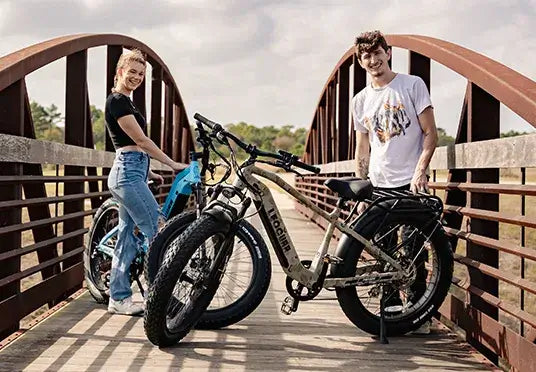
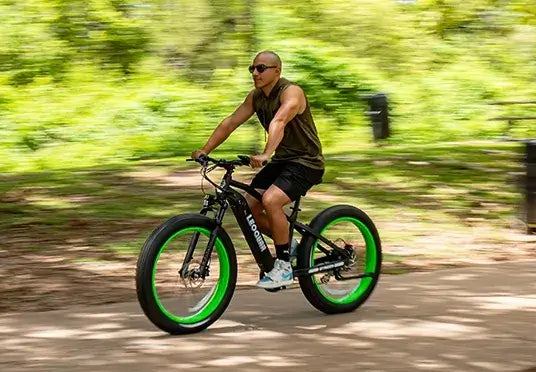
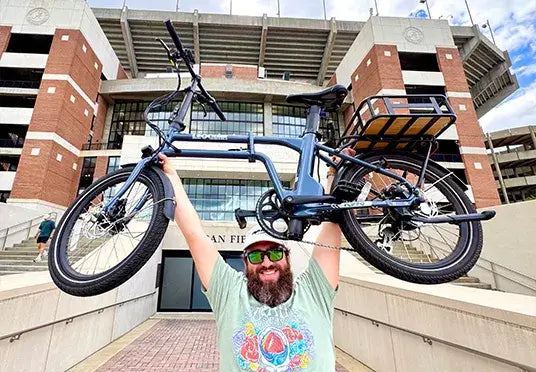
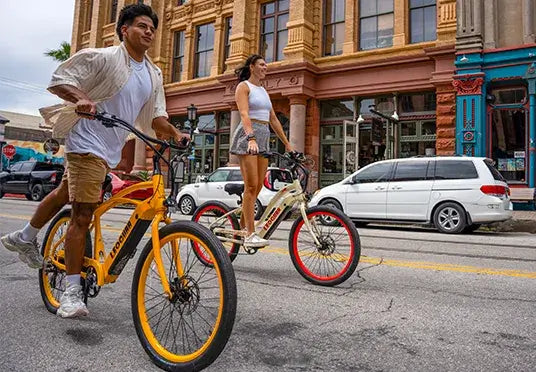

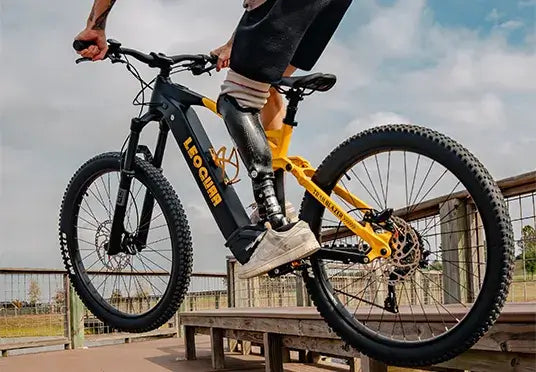
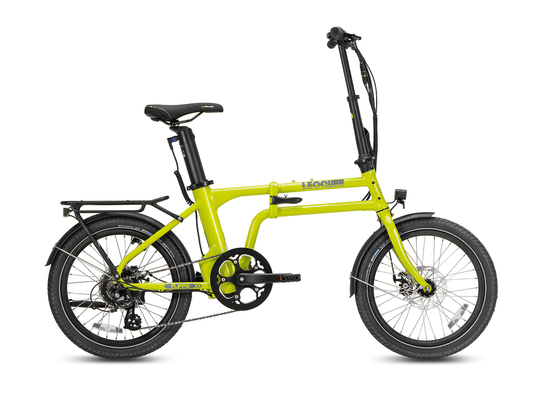
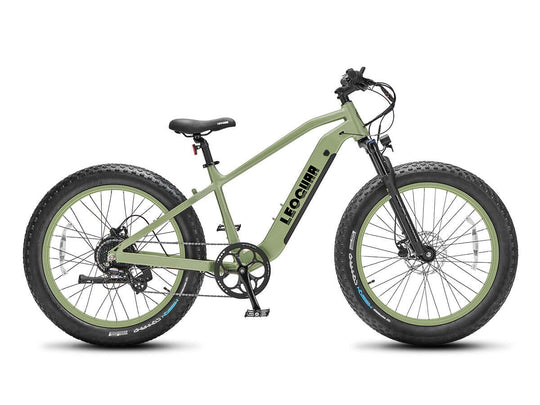
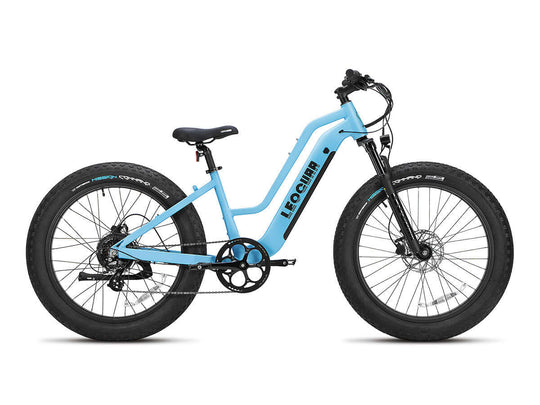
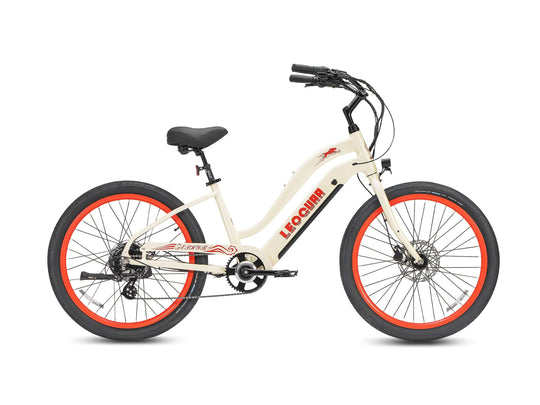

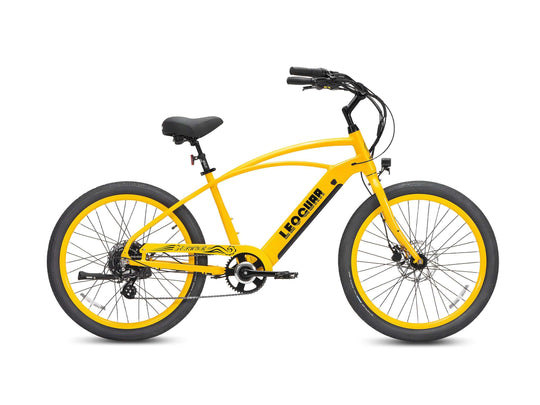
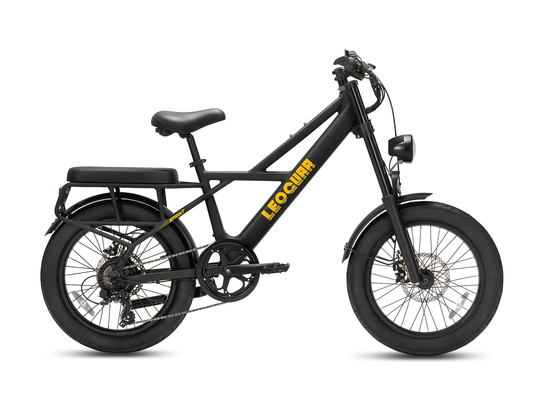
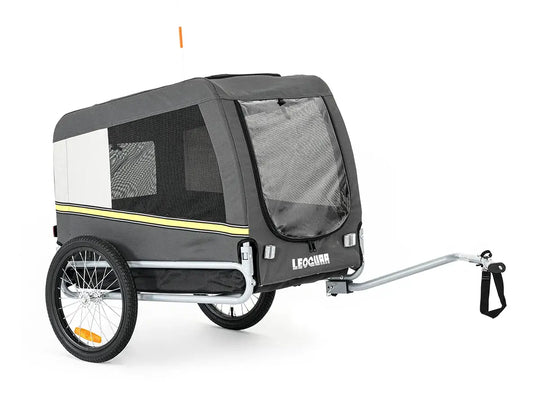
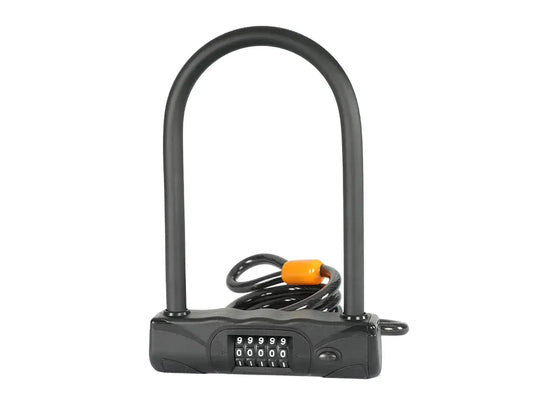
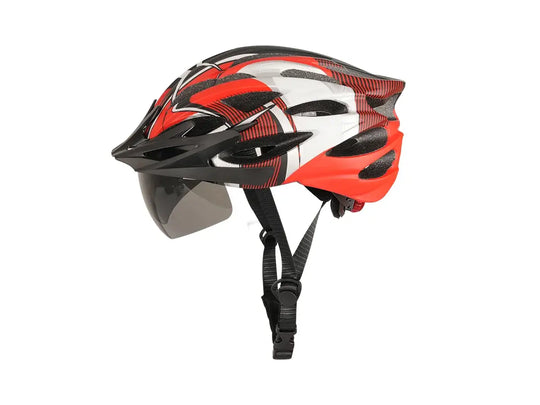
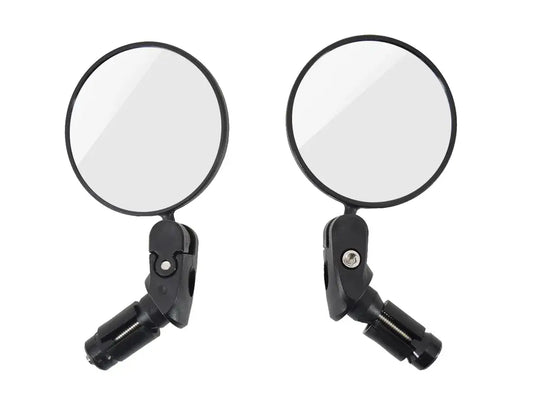
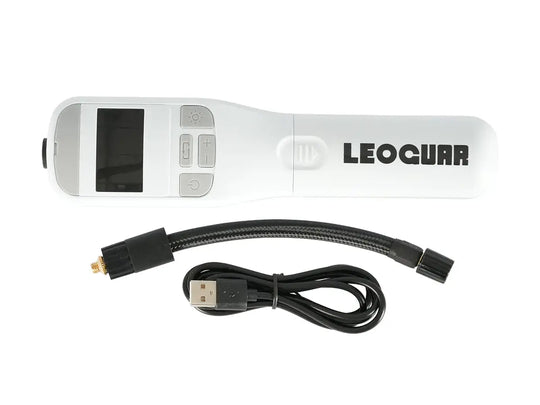
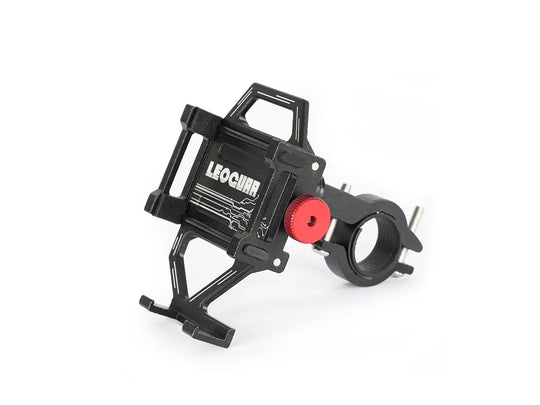

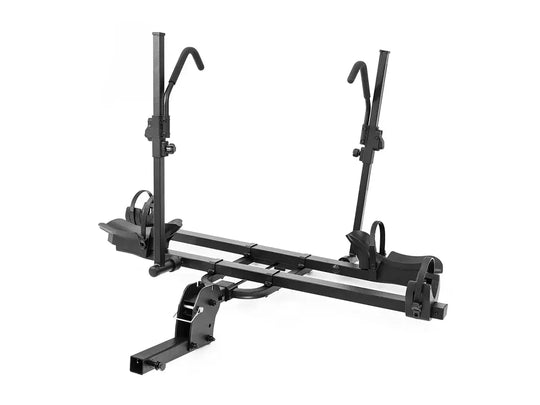
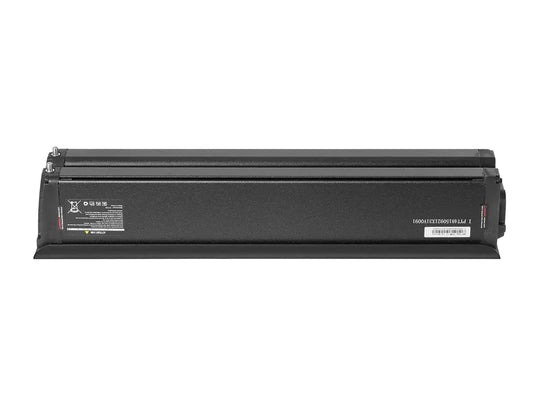
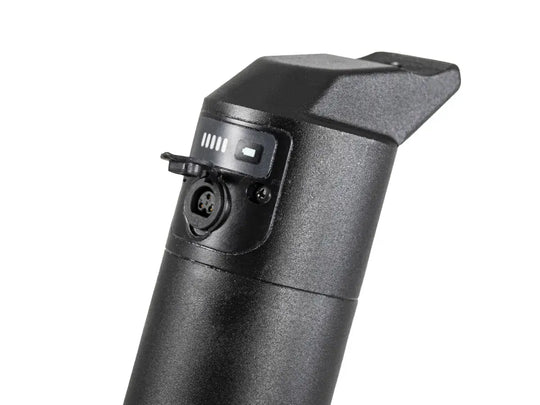
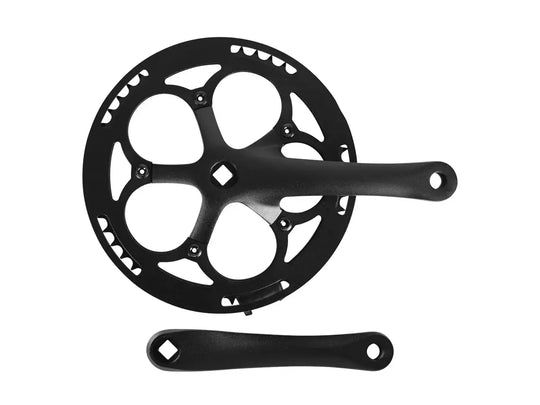
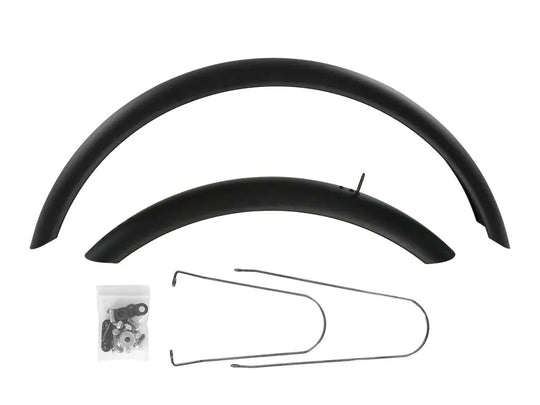
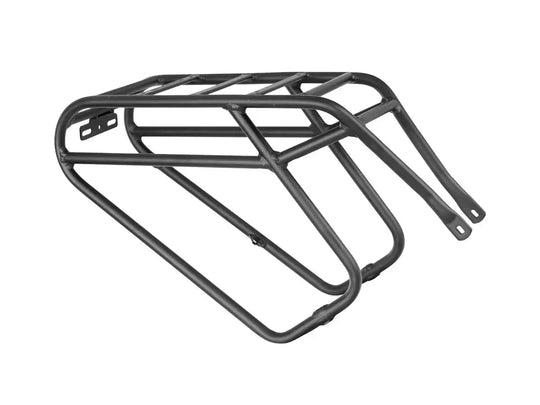
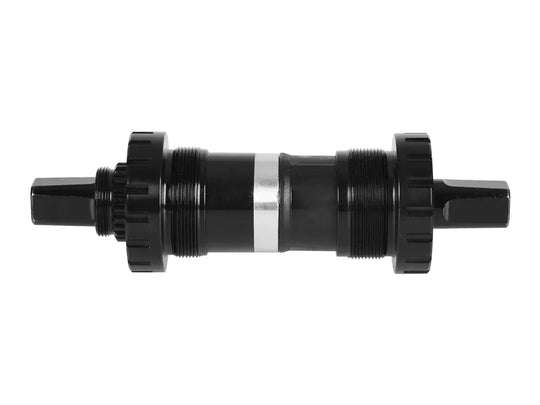
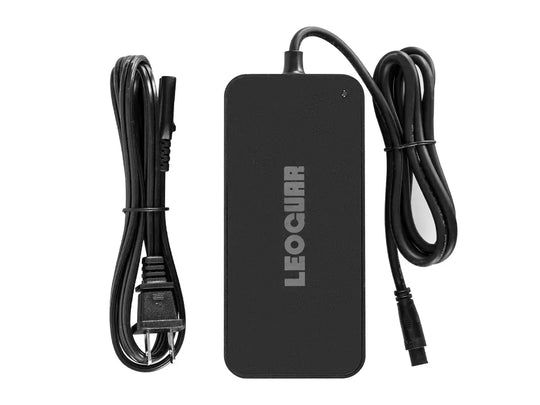
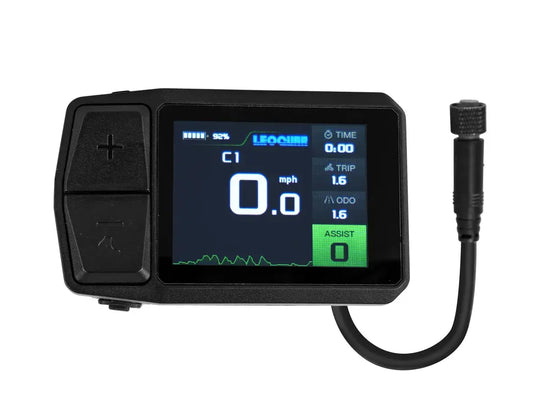
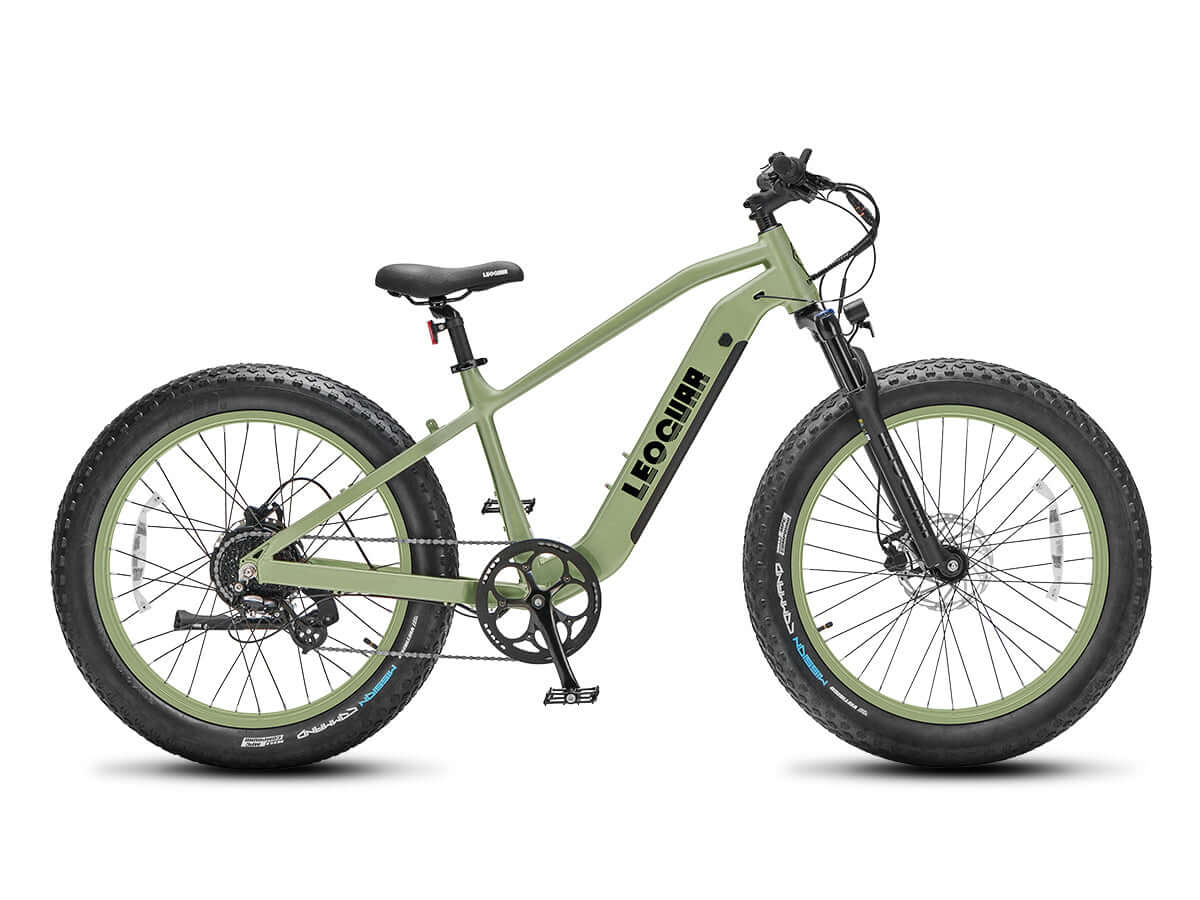







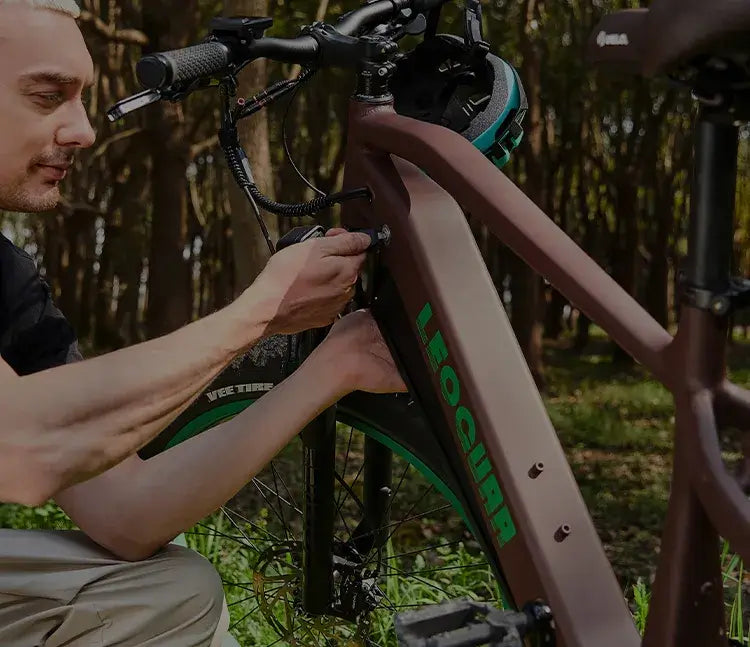
Leave a comment